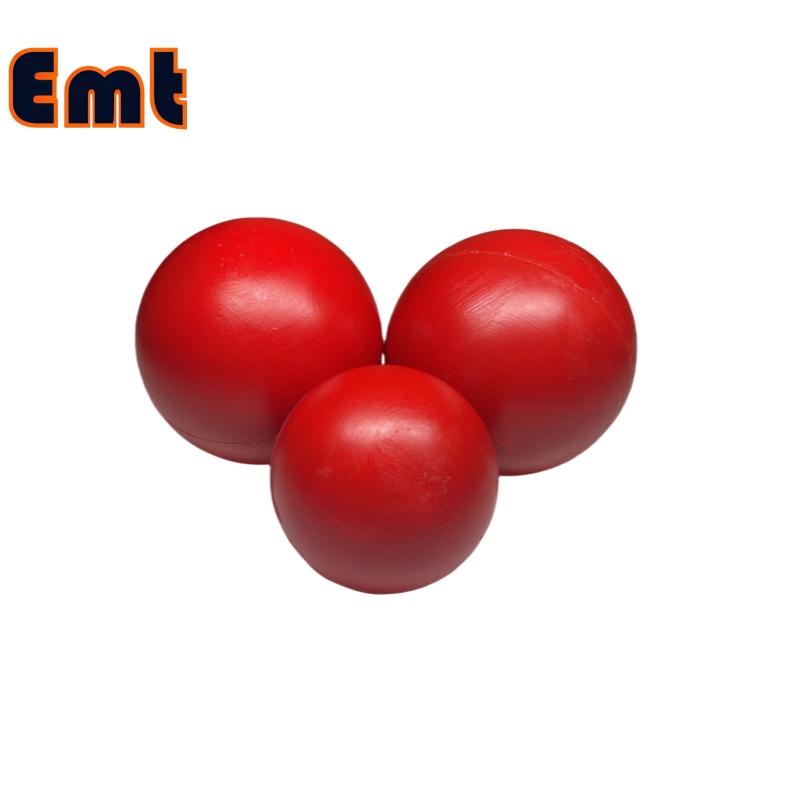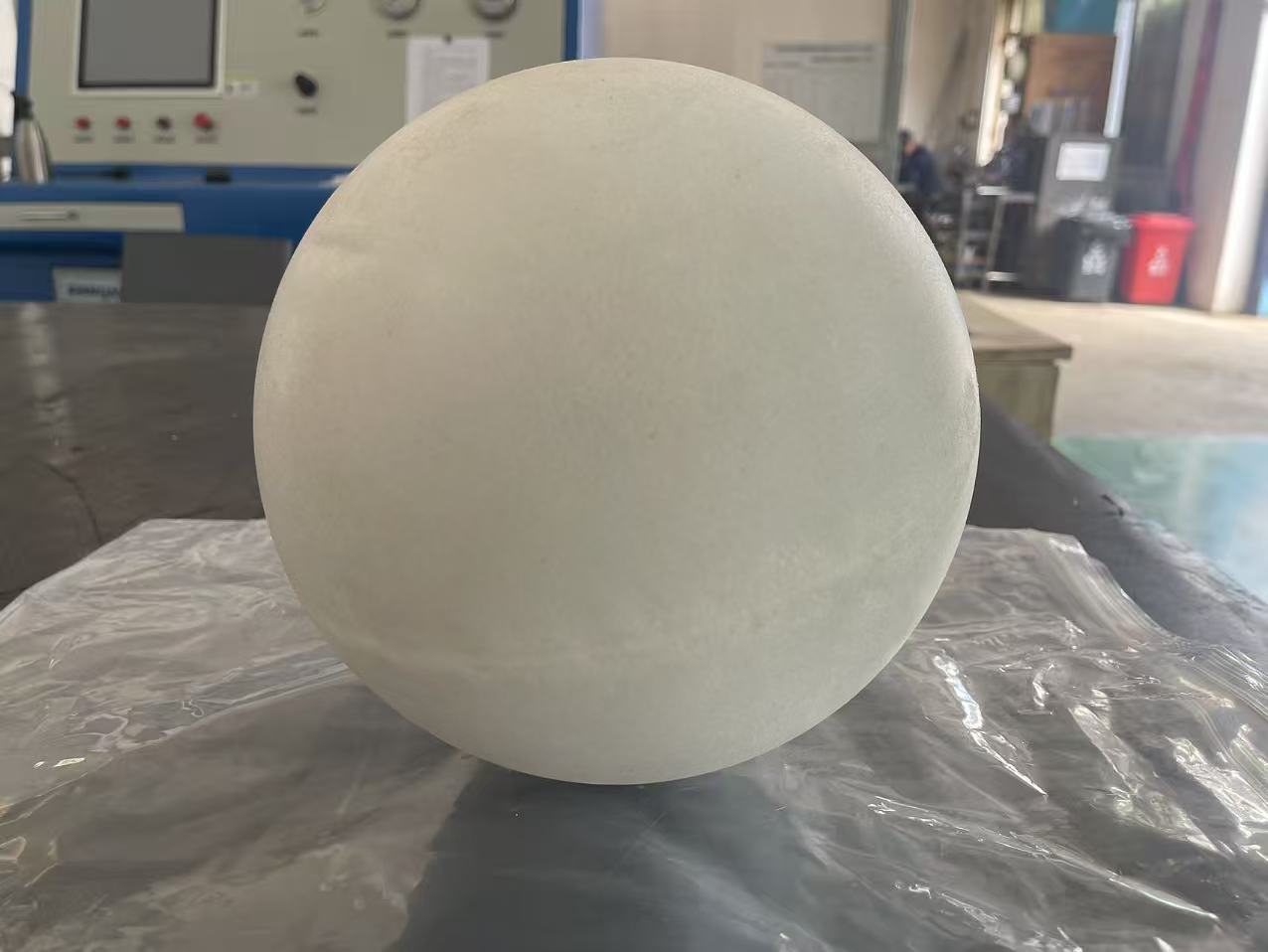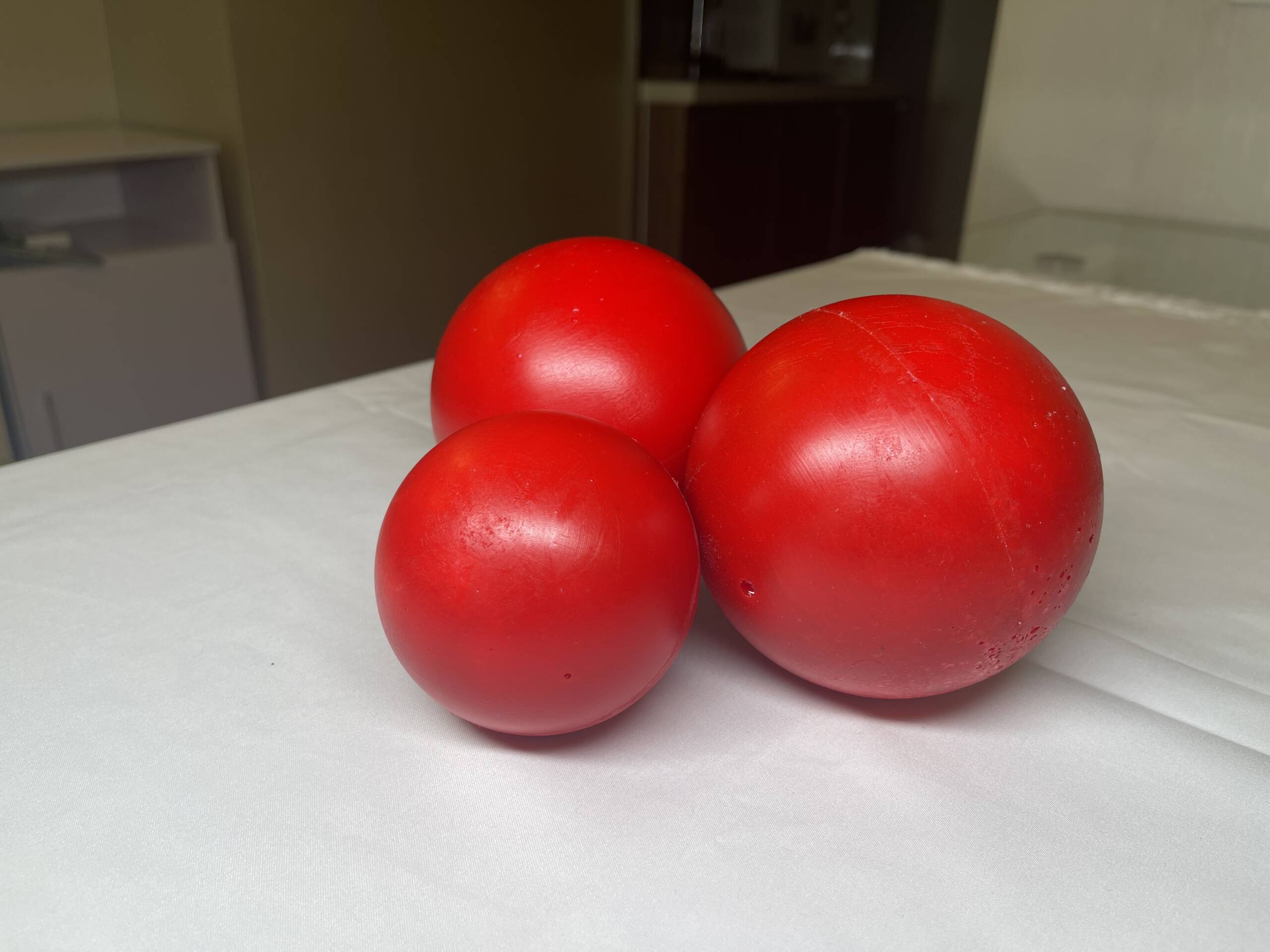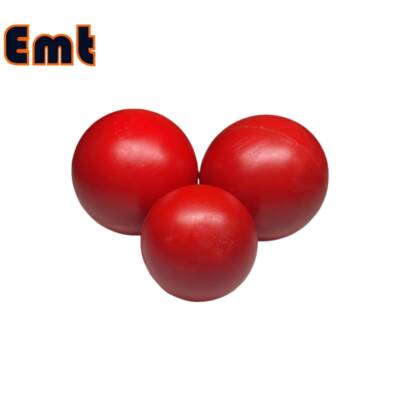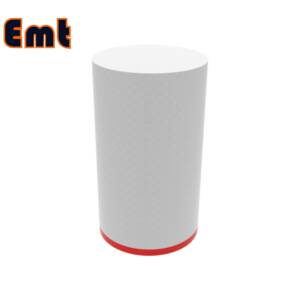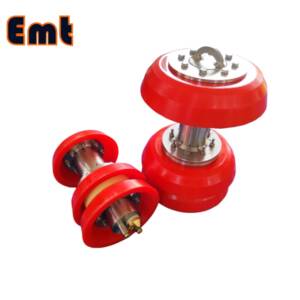Description
Overview of Pipeline Urethane Spheres (Pigs)
Pipeline urethane spheres, commonly referred to as “pigs,” are essential tools that various industries use for the maintenance and operation of pipelines. Manufacturers produce these spheres from urethane, a highly durable and flexible polymer. This material enables the spheres to efficiently traverse intricate and sometimes rough pipeline environments. They serve multiple purposes, from cleaning and inspecting to sealing and separating different products within the same pipeline.
In summary, the EMT urethane sphere pigs stand out for their adaptability, durability, and efficiency, making them an excellent choice for pipeline operators looking for reliable, long-term solutions for pipeline maintenance and operations.
EMT Urethane sphere pigs offer several distinct advantages compared to other types of pipeline pigs, making them a preferred choice in many pipeline maintenance and operation scenarios.
Applications and Benefits of Urethane Spheres Pigs
The primary function of pipeline urethane spheres is to clean the interior surfaces of pipelines. They remove built-up debris, scale, and other contaminants that can degrade pipeline performance over time. This cleaning process not only helps maintain pipeline efficiency but also extends the lifespan of the infrastructure by preventing corrosion and blockages. Additionally, these pigs can inspect pipelines for cracks, leaks, or other structural weaknesses, providing essential data for preventive maintenance.
Another significant use of urethane pigs is in the batching and separation of different liquids transported through the same pipeline. They act as a barrier between different products, preventing contamination and ensuring product integrity during transport. This is particularly valuable in industries like oil and gas, where different grades of oil or chemicals may need to be transported sequentially through the same pipeline.
Design Features and Operational Efficiency
EMT Urethane pigs are designed to be highly adaptable to varying pipeline diameters and pressures, thanks to their elastic properties. They can compress to fit tight spaces and expand to fill larger ones, ensuring thorough contact with the pipe walls throughout their journey. This adaptability makes them suitable for a wide range of pipeline conditions and requirements, enhancing their effectiveness and operational efficiency.
Moreover, the robust nature of urethane makes these pigs resistant to abrasion and chemical degradation. This resilience allows them to be reused multiple times, reducing the cost and environmental impact associated with pipeline maintenance. Their simple yet effective design minimizes the need for complex mechanical parts, reducing the likelihood of failure and maintenance requirements, thereby supporting a more reliable and cost-effective pipeline management strategy.
 Advantages of Urethane Sphere Pigs Over Other Types
Advantages of Urethane Sphere Pigs Over Other Types
1. Versatility in Application
Urethane sphere pigs are highly versatile and adapt to various pipeline conditions. Unlike foam pigs or steel mandrel pigs, urethane sphere pigs can negotiate bends, diameter changes, and restrictions within pipelines effectively. This makes them suitable for a wide range of substances, from gases to heavy oils, and for different pipeline configurations.
2. Durability and Longevity
Made from urethane, these pigs have excellent resistance to abrasion and can withstand harsh chemical environments. This durability allows them to be used repeatedly without significant wear and tear, unlike foam pigs that may degrade or disintegrate after few uses. Urethane pigs can handle higher pressures and temperatures, extending their usable life and reducing the frequency of replacement.
3. Efficient Cleaning and Sealing
Urethane pigs provide superior sealing capabilities due to their elastic properties, which ensure a snug fit against the pipe walls. This tight fit is crucial for effective batch separation and for clearing out debris and deposits efficiently. They are more effective in removing tough deposits compared to softer pigs, such as foam, ensuring a cleaner pipeline which enhances the overall flow efficiency and reduces the potential for blockages and maintenance.
4. Cost-Effectiveness
Although urethane pigs may have a higher initial cost compared to foam pigs, their durability and reusability offer long-term cost benefits. The ability to use the same pig for multiple runs maintains functionality and integrity. This means fewer units need to be purchased over time. Thus, they provide a cost-effective solution for regular pipeline maintenance.
5. Minimal Maintenance
Urethane pigs require minimal maintenance. Their solid construction without moving parts or mechanical components reduces the risk of failure. This simplicity ensures that the pigs can be deployed quickly and with less preparation time, reducing labor costs and downtime associated with pipeline cleaning operations.

Parameters
The following is the polyurethane test report.
| Polyurethane Test Report | |||||||||
| NO. | TEST PROJECT | UNIT | TEST REPORT | TEST METHOD | |||||
| 1 | Shore hardness | Shore A | 83 | GB/T 531.1-2008 | |||||
| 2 | DIN abrasion | mm3 | 21 | GB/T 53516-1987 | |||||
| 3 | Akron abrasion | cm3 | 0.0518 | GB/T 1689-1998 | |||||
| 4 | 100% stress at definite elongation | MPa | 3.41 | GB/T 528-2009 | |||||
| 5 | 300% stress at definite elongation | MPa | 5.74 | GB/T 528-2009 | |||||
| 6 | Tensile strength | MPa | 51.2 | GB/T 528-2009 | |||||
| 7 | Elongation at break | % | 1263 | GB/T 528-2009 | |||||
| 8 | Tear strength(right angle) | kN/m | 77 | GB/T 529-2008 | |||||
| 9 | Resilience rate | % | 34 | GB/T 1681-2009 | |||||


